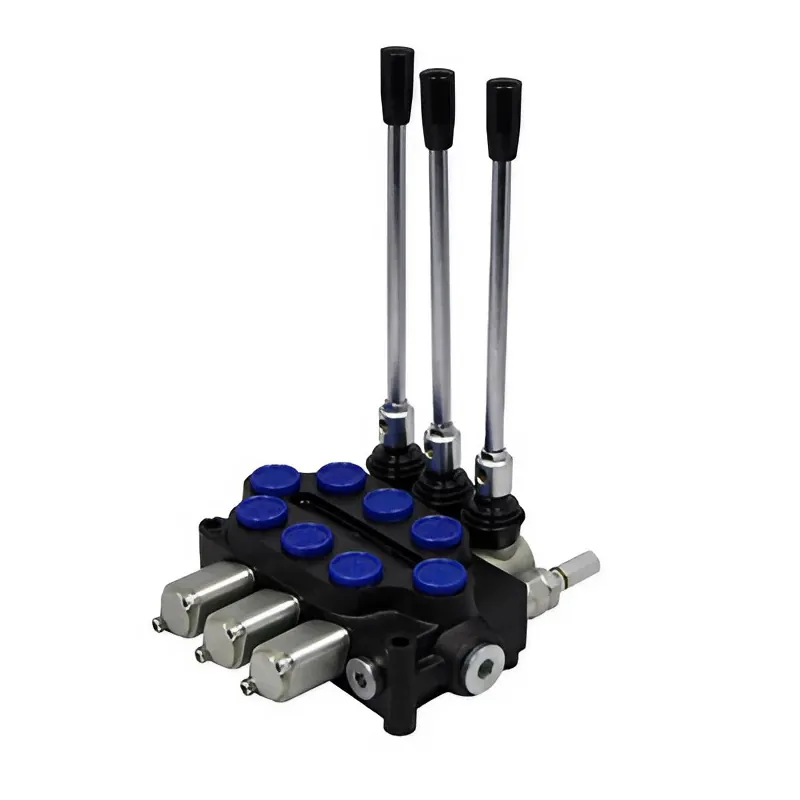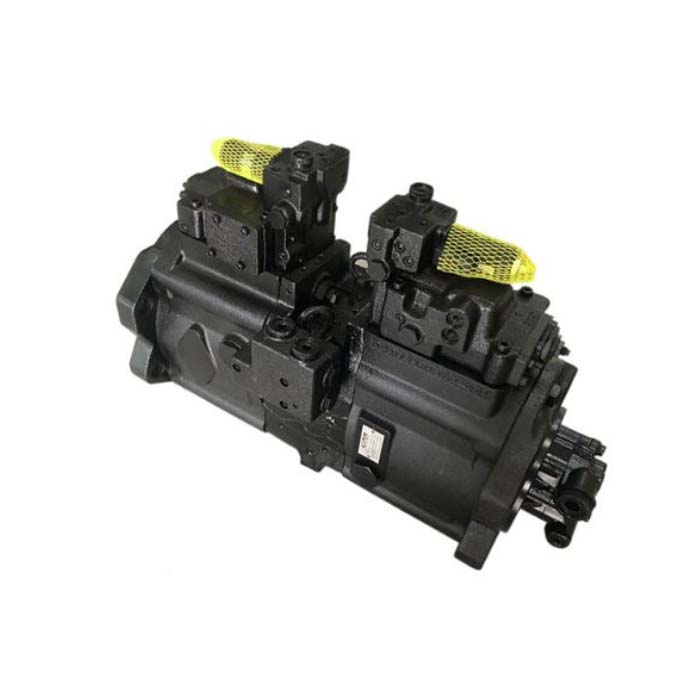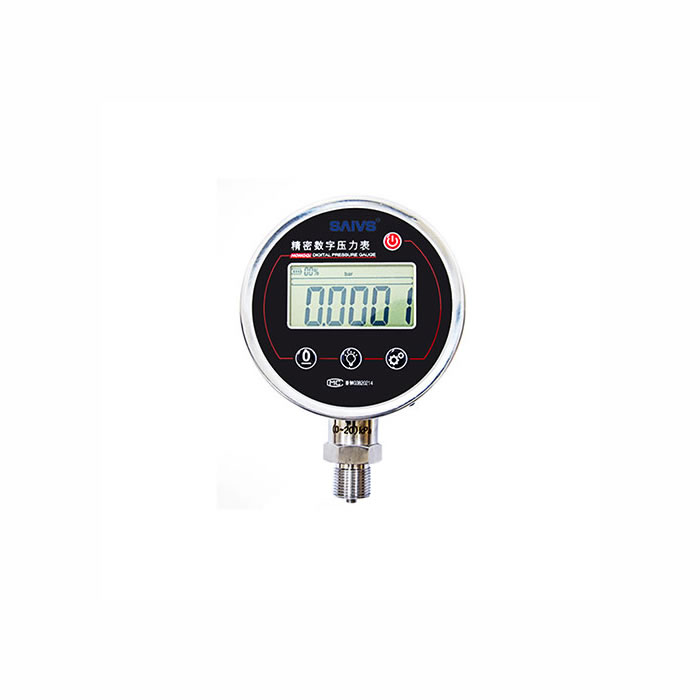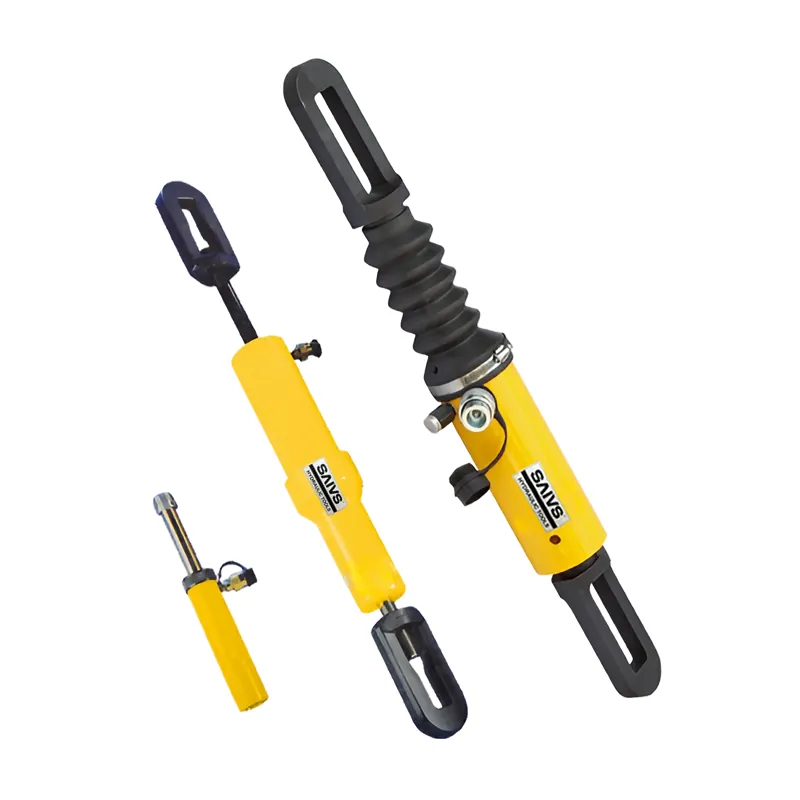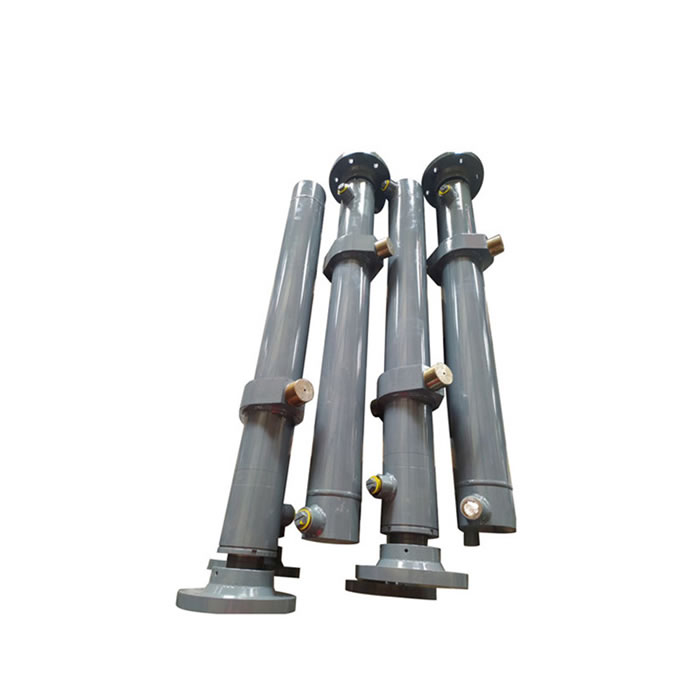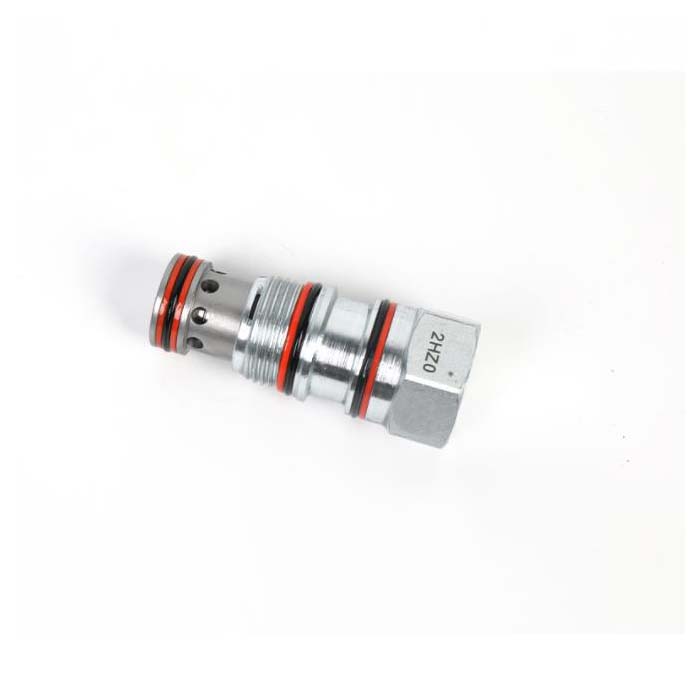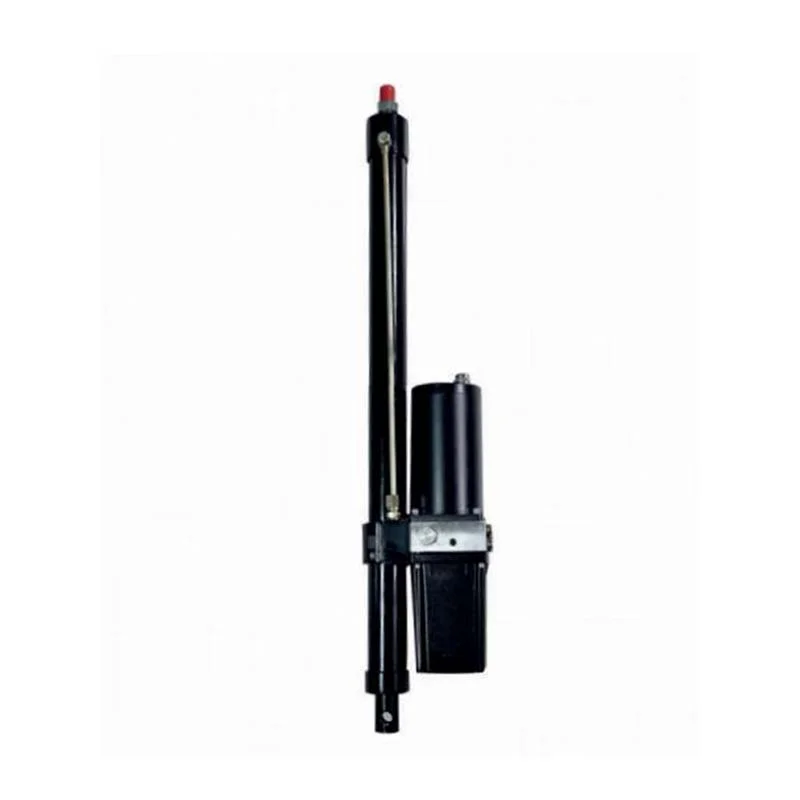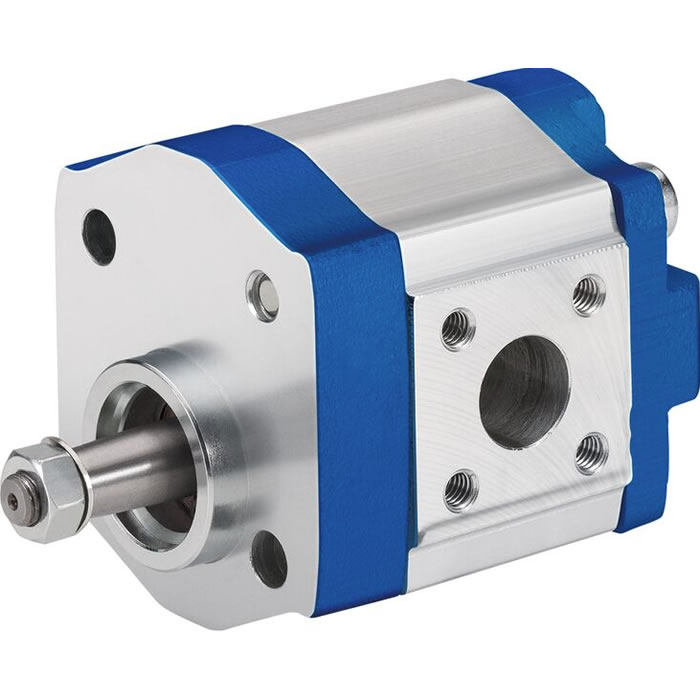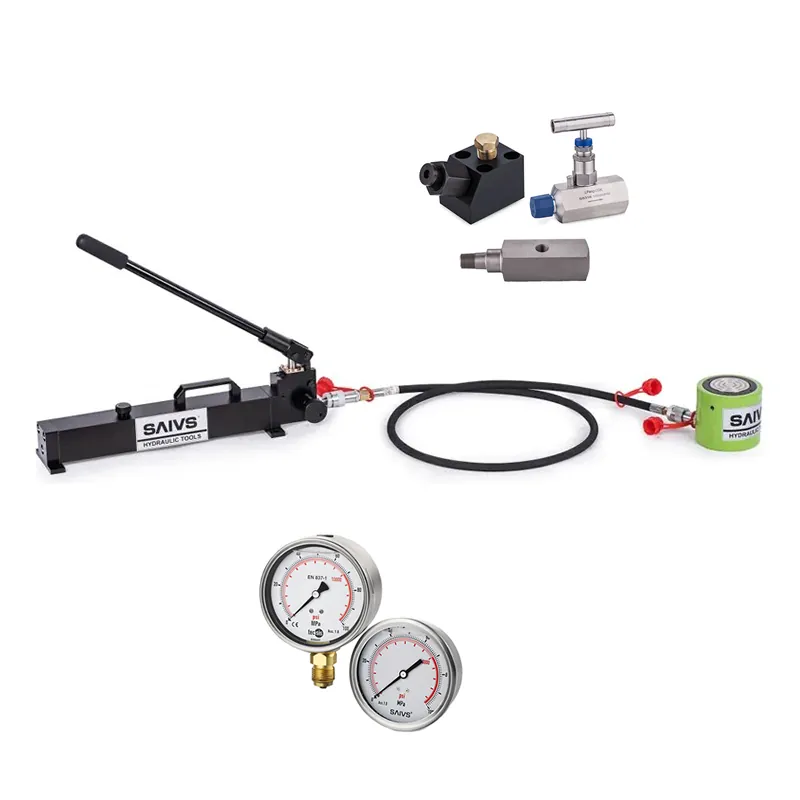Understanding Noise In Hydraulic Systems
I. Introduction
Noise in hydraulic systems is a common concern, with the pump being a significant contributor to both fluid-borne and structure-borne noise.
The continuous pumping cycle generates pressure pulsations and fluid-borne noise, while mechanical linkages to components,
like the tank lid, create structure-borne vibrations transferred to the surrounding air, resulting in air-borne noise.
II. Sources of Hydraulic System Noise
The primary sources of noise in hydraulic systems include:
Powertrain: Comprising the electric motor or engine, pump, and associated components, the powertrain is a major noise generator.
Valves: Noise can arise from valve opening and closing movements or leaks.
Pumps: Internal components, such as pistons or gears, contribute to noise during operation.
Fluid Conductors: Turbulence and vibration in pipes and hoses can lead to noise.
III. Types of Hydraulic System Noise
Mechanical Noise: Caused by vibrating or impacting mechanical components like pumps, motors, and valves.
Air Noise: Trapped air in the hydraulic system produces noise during compression or release.
Fluid Noise: Noise results from the hydraulic fluid's flow, especially under high velocities or turbulent conditions.
Structural Noise: Reservoirs or frames can amplify noise if not properly isolated or damped.
IV. Understanding Noise Parameters
Flow Ripple: Measures pump-induced flow variations during one revolution.
Blocked Acoustic Pressure: Examines pressure ripple across the first 10 harmonic frequencies, aiding in air-borne noise analysis.
Full-frequency spectrum recording is recommended for a comprehensive assessment.

V. Methods for Reducing Hydraulic System Noise
Methods for reducing Mechanical Noise
a. Use Low-Noise Components: Opt for hydraulic system components designed for reduced noise.
b. Reduce Vibration: Employ vibration-damping mounts or add weight to mitigate system vibrations.
c. Change Operating Speed: Lowering the system's operating speed helps minimize mechanical noise.
Methods for reducing Air Noise
a. Remove Air from the System: Utilize filters or separators to eliminate trapped air.
b. Adjust Flow Rate: Decrease the flow rate to reduce air-induced noise.
c. Change Fluid: Choose a less compressible fluid to minimize air noise.
Methods for reducing Fluid Noise
a. Smooth the Flow: Use baffles or restrictors to achieve smoother fluid flow.
b. Reduce Pressure Drop: Minimize pressure drop across the system to decrease fluid noise.
c. Change Fluid: Opt for a lower viscosity fluid to reduce fluid-induced noise.
Methods for reducing Structure Noise
a. Isolate the System: Use vibration-damping mounts to isolate the hydraulic system.
b. Change Design: Modify the system design to reduce structural vibrations.
By implementing these noise reduction methods, hydraulic systems can operate more quietly and efficiently,
promoting a quieter and smoother working environment.


